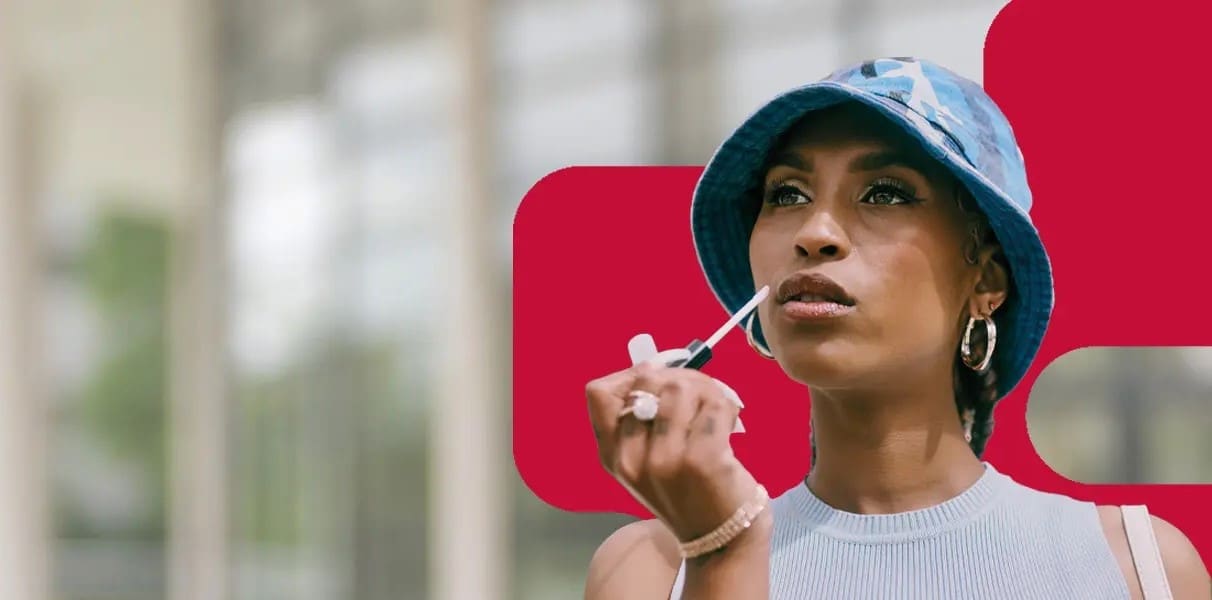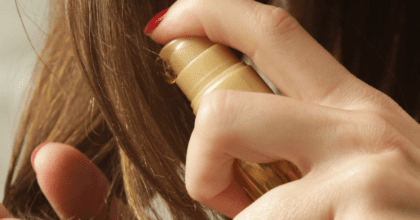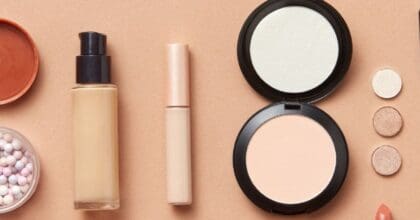A bright future: South Korea ranks among the top 10 beauty markets globally
As the world’s beauty and personal care industry descends upon London today for the 27th edition of in-cosmetics Global, the world’s leading exhibition for personal care ingredients, new research from Mintel shines a spotlight on South Korea’s beauty market, the beauty trends impacting the global beauty industry and the latest innovations in textures, ingredients and product experience.
Facial skincare accounts for 51% of the total South Korean beauty market
Mintel research reveals that South Korea is among the top 10 global beauty markets, estimated at just over US$13 billion in 2017. Facial skincare accounts for more than half (51%) of the total market share with $6.5 billion in retail sales and a projected 5.8% CAGR over the next five years to reach $7.2 billion by 2020. Much of the success of the facial skincare category is in part due to the abundance of new product development and the fact that more than two thirds (68%) of total skincare product launches in South Korea 2015-2016* were facial skincare products, according to Mintel Global New Products Database (GNPD).
Following facial skincare, colour cosmetics makes up the second largest beauty category in the South Korean market, valued at $2.3 billion in 2017. Mintel research indicates that the market is supported by an active and engaged consumer base with per capita spend on colour cosmetics in South Korea at $45** in 2017, compared to $43** in the UK and $37** in the US, and more than double the global average per capita spend of $21**. With a projected CAGR of 8.1% over the next five years, the market is estimated to reach $2.8 billion by 2020.
Jane Jang, Senior Beauty Analyst at Mintel, commented: “The Korean beauty market remains buoyant thanks to fast-paced innovations and highly engaged consumers who don’t hesitate to adopt novel products delivering new beauty experiences. The success of the market has been heavily driven by the boom of facial skincare, but is also highlighted by the impressive per capita spend on colour cosmetics which is more than double the global average.”
Jane discusses the South Korean beauty and personal care trends that are set to impact global beauty markets moving forward:
FACIAL SKINCARE
“Looking at facial skincare, 2017 will be the year of extreme segmentation. Products will become increasingly targeted and multi-functional, responding to the needs of knowledgeable and demanding consumers. South Korean Beauty routines can consist of up to 10 steps, and a common obsession for specific claims – especially moisturising, brightening, whitening and anti-ageing – means that most products combine multiple functions. The goal is to achieve the so-called ‘chok-chok’ skin, which is supposed to look bright, fair, plump, dewy and youthful.”
“Expect to see hybrid concoctions, such as daily exfoliating moisturisers, anti-wrinkle whitening tone-up creams and lightweight nourishing oil serums, but also transformative textures, like powder-to-serum, oil-to-foam and water-to-cream. Overall, lines are blurring in every possible way to deliver new experiences and create continuous excitement around skincare.”
“A strong focus on quality and safety supports a fascination for natural ingredients, in line with ‘hanbang’, the ancient Korean herbal medicine. Tradition is taken to the next level through scientific improvements, and 69% of facial skincare launches in 2016 featured herbal/botanical claims in South Korea, according to Mintel GNPD. Within the category, varieties of plants, flowers, herbs and superfoods are spreading. Jeju island represents a pristine source of natural ingredients, especially green tea, volcanic ash and thermal water. Other popular natural components include centella asiatica, to soothe sensitive skin and protect it from stress, fermented tea, packed with antioxidants, and black ingredients, from charcoal to black olives.”
“The sheet mask craze does not seem to be slowing down. Moving beyond basic hydrating benefits, sheet masks and patches are now designed for each part of the body and every member of the family, babies included, to target every possible need and to be used on the most specific occasions. Some interesting examples include masks inspired by oriental acupressure massage techniques and injection treatments at clinics, featuring micro-needles and pressure points, and sauna-effect masks that lock in moisture while trapping body heat.”
MAKE-UP
“In 2017, South Korea’s make-up rituals focus greatly on lips and complexion and utilise products that embrace a diversity of shades and variety of contouring techniques. As such, the number of lip colour and face make-up product launches tend to be higher than the global average. According to Mintel GNPD, lip colour launches accounted for 30% of all colour cosmetics launches in South Korea in 2016, compared to a global average of 27%. This is followed by foundations and fluid illuminators, which accounted for 16% of colour cosmetics launches in South Korea.”
“The boom of hybrid formats has spawned a variety of new lip products, like lip syrups, lip crayons, lip-quids and gel sticks. Lip tints are also widely diffused, but contrary to their potentially drying Western counterparts, South Korean products are lightweight and glossy, and often come as oils. K-Drama and K-Pop play a significant role in creating hype around lip products, leveraging product placements and celebrity endorsements as a powerful marketing tool.”
“Cushions compacts have been a Korean success story for the past few years, breaking through the Western market in 2016. From October 2013-September 2014, 80% of the global launches of cushion compacts took place in Asia Pacific, while 20% of launches occurred in Europe and the US. By October 2015-September 2016, the tables have turned and 46% of global cushion compacts launches were in Asia Pacific and 54% in Europe and the US. New launches in South Korea include multi-functional skincare claims such as moisturising, anti-ageing, whitening and UV protection; foundation-like properties; and hygiene and application innovations.”
“The trend for hybrid textures and formats is borrowed from skincare. South Korean brands are increasingly focusing on gels, jellies, mousses and watery oils to enhance consumers’ sensorial experiences. Moreover, transforming textures combine the benefits of two or more textures within one product. For instance, liquid textures such as cream and oil that provide high moisture and spreadability transform into a water or serum for fast absorption or into a powder to give a matte and lasting finish.”
“Western brands are constantly looking to South Korea for their next inspiration.”
Jane concluded: “Because of K-beauty’s growing popularity worldwide, Western brands are constantly looking to South Korea for their next inspiration, seeking to adapt popular South Korean beauty formats for Western consumers. The popularity of South Korean beauty products is due to their high performance combined with fun packaging and sensorial cues, as well as affordable prices. By gaining the attention of bloggers, vloggers and the media, the K-beauty wave is spreading to retailers outside of Asia. While colour cosmetics will be the active innovation area to cater to an increasing number of sophisticated beauty consumers, .”
*January 2015 to September 2016
**Estimated as of November 2016
Mintel will be at in-cosmetics Global 4-6th April, conducting daily product demonstrations in the Innovation Zone (stand JJ70) featuring the latest launches from South Korea, with a focus on cutting-edge ingredients, innovative textures and experiential attributes. On Tuesday 4th April, Seoul-based Senior Beauty and Personal Care Analyst Jane Jang will present at the Marketing Trends Theatre, shining a spotlight on Korean beauty trends, and exploring the latest beauty innovations. For more information click here.
For the latest in consumer and industry news, top trends and market perspectives, stay tuned to Mintel News featuring commentary from Mintel’s team of global category analysts.
-
Mintel StoreGet smart fast with our exclusive market research reports, delivering the latest data, innovation, trends and strategic recommendations....View reports
-
Mintel LeapMintel Leap is a revolutionary new AI-powered platform that will transform your research process....Book a demo







































